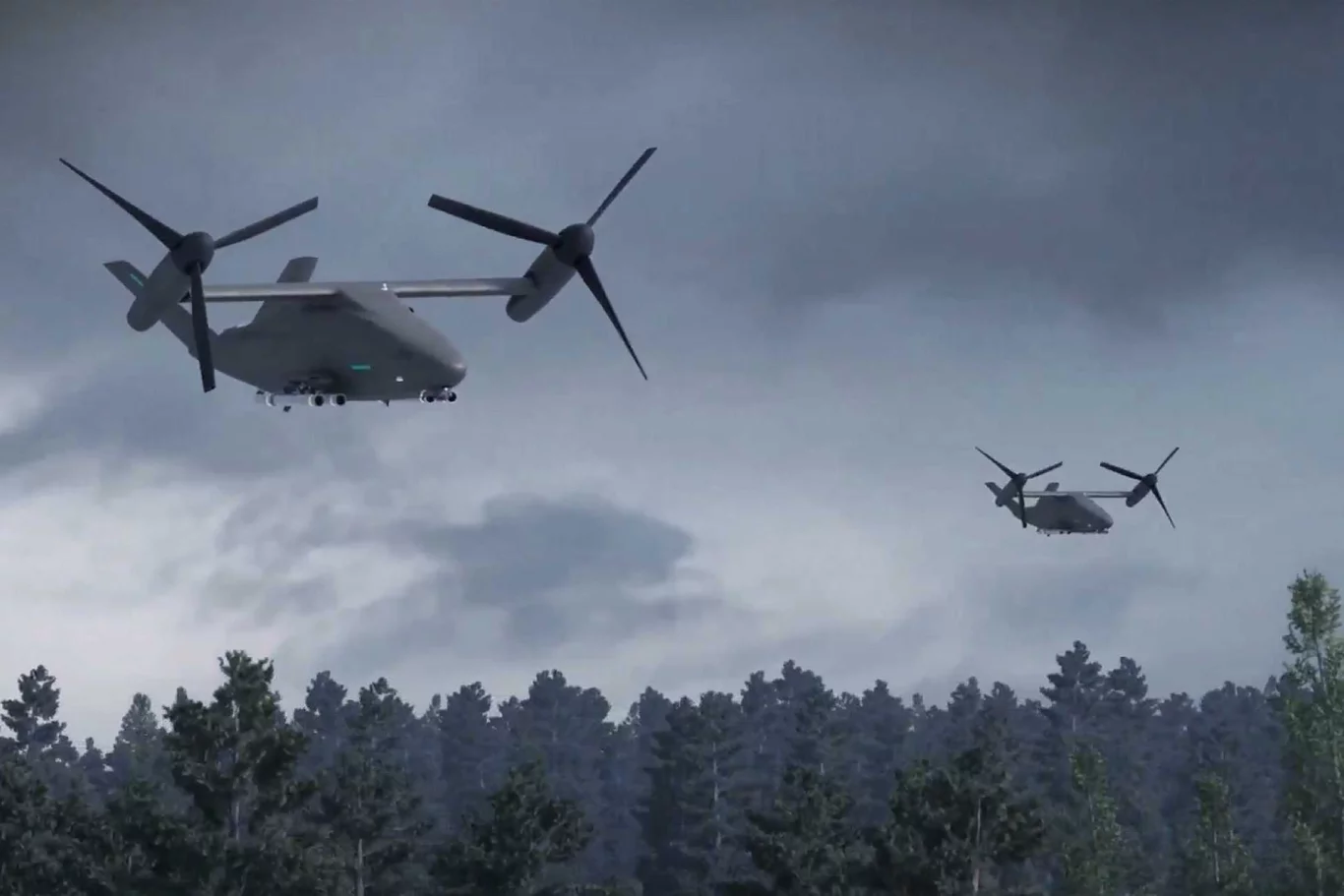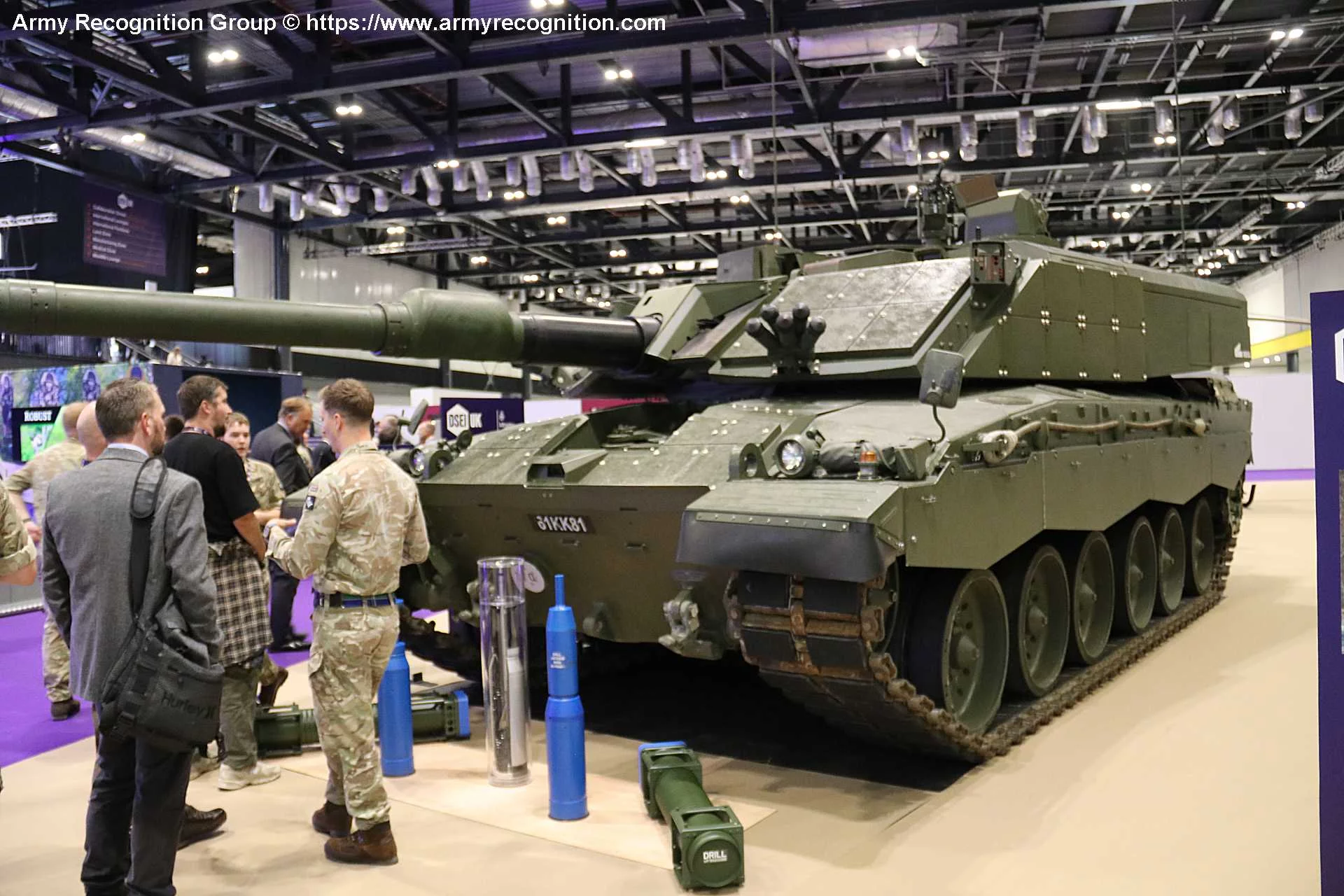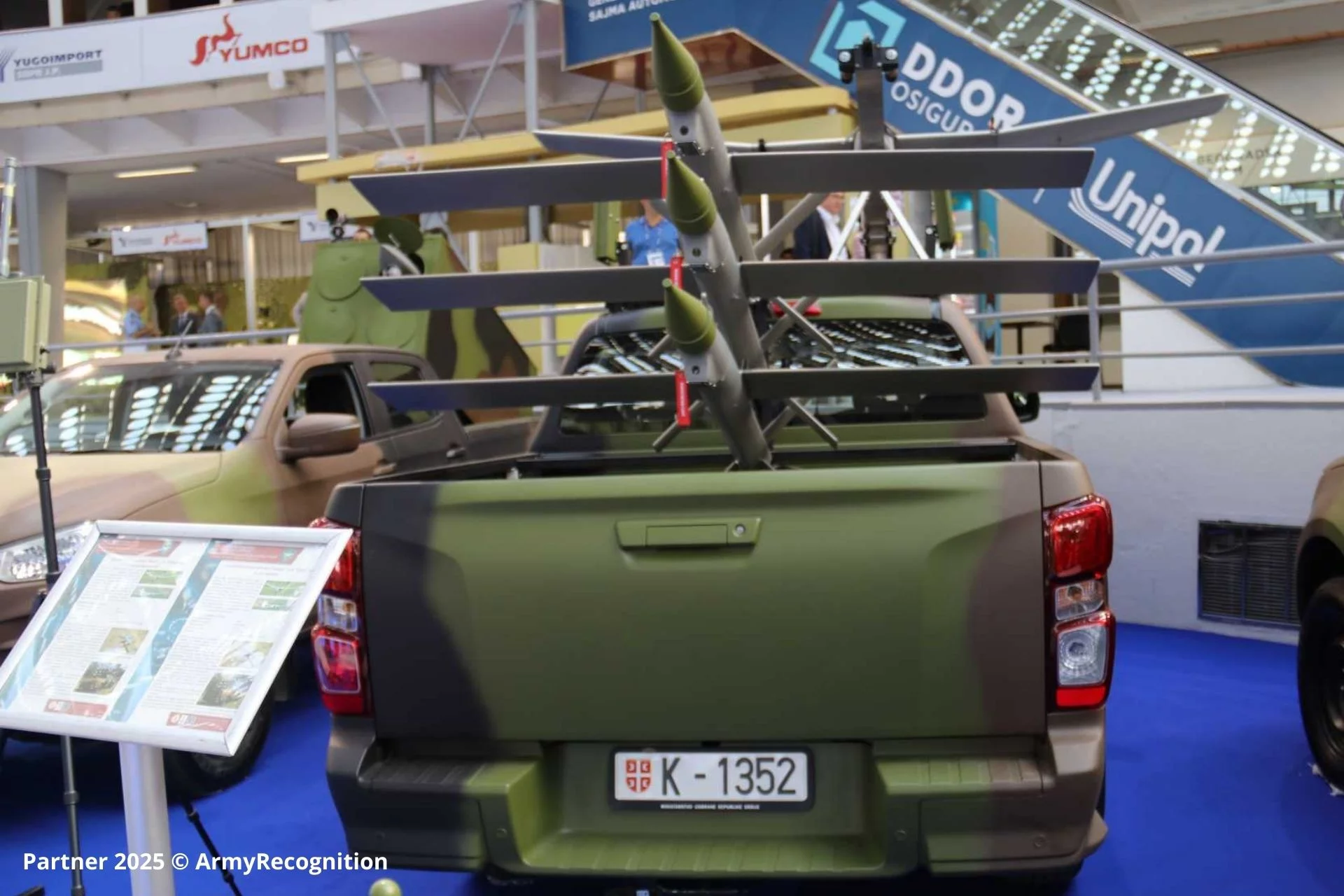In a groundbreaking move that could redefine the future of military aviation, aerospace giant Boeing has pulled back the curtain on its latest innovation: the Collaborative Transformational Rotorcraft, better known as the CxR. This cutting-edge unmanned tiltrotor was officially unveiled at the prestigious 2025 Association of the United States Army (AUSA) defense exhibition held in Washington, D.C. Designed from the ground up to seamlessly integrate and operate in tandem with iconic U.S. Army helicopters like the AH-64 Apache attack helicopter and the CH-47 Chinook heavy-lift transport, the CxR is poised to usher in a new era of manned-unmanned teaming (MUM-T). This concept, long championed by the U.S. Army, envisions a battlefield where human-piloted aircraft work hand-in-glove with autonomous drones to enhance mission effectiveness, reduce risks to personnel, and dominate contested environments.
The unveiling took place on October 20, 2025, amid the bustling halls of the AUSA expo, where defense contractors, military leaders, and industry experts gather annually to showcase the latest advancements in weaponry, vehicles, and aviation technology. Boeing’s executives described the CxR as more than just another drone—it’s a visionary leap forward in Army aviation modernization. By blending the vertical takeoff and landing (VTOL) prowess of traditional helicopters with the high-speed efficiency of fixed-wing aircraft, the CxR promises to deliver unprecedented versatility. This hybrid design allows it to hover like a helicopter for precise operations in tight spaces while transitioning to forward flight for rapid transit over long distances, making it ideal for the dynamic demands of modern warfare.
At its core, the CxR embodies the U.S. Army’s strategic push toward integrated teams of manned and unmanned systems. In an age where peer adversaries like China and Russia are rapidly advancing their own drone technologies, the Army recognizes that future conflicts will hinge on the ability to coordinate complex operations with minimal human exposure to danger. The CxR steps into this role as a “loyal wingman,” capable of flying autonomously or under remote control to support crewed platforms in a variety of high-stakes missions. These include reconnaissance, where it can scout ahead and relay real-time intelligence; strike operations, where it can deliver precision munitions; and even contested logistics, ensuring supplies reach troops in hostile territories without putting pilots at risk.
What sets the CxR apart is its modular and expeditionary architecture, which allows for quick reconfiguration to suit different mission profiles. The “x” in CxR cleverly stands for “transformational,” highlighting its adaptability. Imagine a drone that can swap out payloads on the fly—equipping advanced sensors for intelligence gathering one day, electronic warfare suites to jam enemy communications the next, or even precision-guided weapons for direct strikes. This modularity isn’t just a gimmick; it’s a game-changer for military planners who need flexible assets that can evolve with the battlefield. Boeing has conceptualized two main variants to illustrate this versatility: the Collaborative Combat Rotorcraft (CCR) and the Collaborative Logistics Rotorcraft (CLR).
The CCR variant is tailored to partner with the AH-64 Apache, one of the most formidable attack helicopters in the world. Known for its agility, firepower, and advanced targeting systems, the Apache has been a staple in U.S. military operations since the 1980s, seeing action in conflicts from the Gulf War to Afghanistan. With the CxR as its unmanned companion, the Apache’s capabilities are amplified exponentially. The CCR can extend sensor ranges, providing a forward “eye in the sky” to detect threats beyond the Apache’s line of sight. It can also carry out strikes using launched effects—think small missiles or drones released mid-flight—allowing the manned helicopter to focus on command and control while the unmanned asset handles the dirty work. This synergy not only boosts lethality but also enhances survivability, as the CxR can draw fire or disrupt enemy defenses ahead of the Apache’s advance.
On the logistics front, the CLR variant is engineered to complement the CH-47 Chinook, the Army’s workhorse for heavy transport. The Chinook, with its tandem rotors and massive payload capacity, has been hauling troops, equipment, and supplies since the Vietnam War era. However, in contested environments—such as island-hopping campaigns in the Pacific or urban warfare in dense cities—resupply missions can be incredibly hazardous. The CLR steps in to mitigate these risks by autonomously delivering cargo to forward operating bases or even directly to troops in the field. Its tiltrotor design enables it to land in austere locations without runways, drop off supplies, and take off again swiftly, all while coordinating with the Chinook for larger-scale operations. This could revolutionize sustainment in prolonged conflicts, ensuring that soldiers remain equipped and fed even under heavy enemy fire.
From a technical standpoint, the CxR is a marvel of engineering. Boeing estimates its gross takeoff weight to fall between 5,000 and 7,000 pounds (approximately 2,270 to 3,175 kilograms), striking a balance between portability and capability. It can haul payloads ranging from 1,000 to 2,000 pounds (450 to 900 kilograms), depending on the specific setup. Power comes from a single turboshaft engine that drives twin tilting proprotors—large, three-bladed rotors that can pivot from vertical for hover to horizontal for cruise flight. This setup grants the CxR exceptional performance: it combines the low-speed agility needed for hovering and precise maneuvers with high-speed dashes that outpace traditional helicopters. Cruising speeds could potentially exceed those of legacy rotorcraft, allowing it to keep up with or even surpass the Apache and Chinook in transit.
Expeditionary deployment is another key feature. The CxR is designed to fit inside a C-130 Hercules transport aircraft, the backbone of U.S. air mobility. This means it can be rapidly deployed to hotspots around the globe, assembled on-site, and launched into action without the need for extensive infrastructure. Autonomy is at the heart of its operation, with Boeing hinting at advanced flight control systems that enable semi-autonomous or fully autonomous modes. These could include AI-driven decision-making for navigation, threat avoidance, and mission execution, reducing the workload on human operators and allowing a single pilot to oversee multiple CxRs if needed.
Strategically, the CxR tackles some of the most pressing challenges in contemporary military operations. In peer-to-peer conflicts, where anti-aircraft systems and electronic warfare are rampant, sending unmanned assets into harm’s way first preserves human lives and maintains operational tempo. By extending the operational reach of manned helicopters—matching or exceeding their range while adding speed—the CxR enables deeper penetrations into enemy territory. Its modularity also means fewer specialized aircraft are needed in the inventory, potentially cutting costs and simplifying logistics for the Army and allied forces.
Of course, bringing such an ambitious concept to fruition isn’t without hurdles. Integrating unmanned systems with legacy platforms like the Apache and Chinook requires overcoming significant technical challenges, including reliable data links for real-time communication, robust cybersecurity to prevent hacking, and advanced autonomy that can handle unpredictable battlefield scenarios. Doctrinal shifts will also be necessary—training pilots and crews to trust and effectively utilize these drones in live operations. Moreover, tiltrotor technology has a history of development complexities, as seen with the V-22 Osprey program, which faced delays and cost overruns before becoming a reliable asset for the Marines and Air Force. Boeing will need to prove it can deliver the CxR on time and within budget to win over skeptics in the Pentagon.
Looking ahead, Boeing plans to refine the CxR’s design through internal milestones, including subsystem prototyping and potentially a technology demonstrator flight in the coming two to three years. The company is actively engaging with U.S. Army leadership to align the concept with ongoing acquisition programs for unmanned vertical lift. Collaborations with other defense firms are on the horizon, focusing on developing specialized payloads, software for autonomy, and integrated mission systems. If successful, the CxR could find applications beyond the Army, serving the Navy for maritime strikes or the Air Force for special operations.
In summary, Boeing’s CxR isn’t just a new piece of hardware—it’s a bold vision for the future of rotary-wing warfare. By pairing unmanned tiltrotors with proven helicopters like the AH-64 and CH-47, it expands tactical possibilities, boosts survivability, and accelerates the pace of operations. For defense enthusiasts and military professionals alike, the CxR signals that the era of modular, high-speed drones is no longer a distant dream but an impending reality that could reshape how wars are fought.




